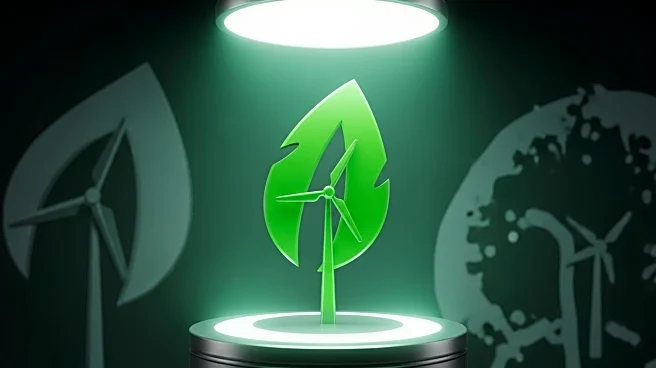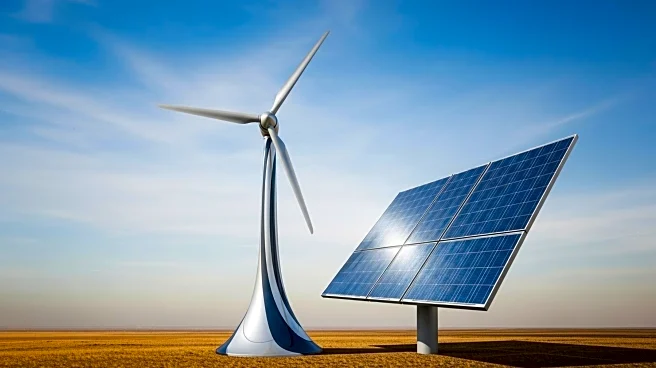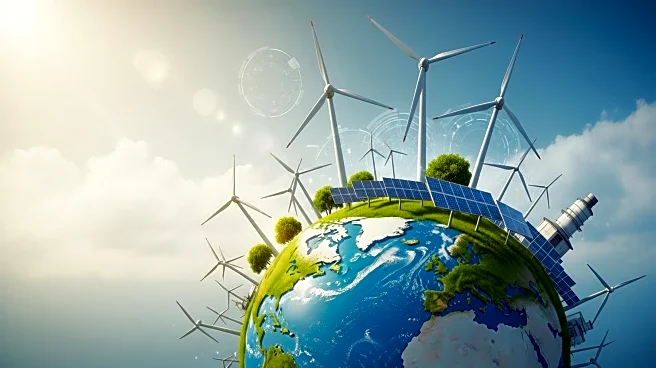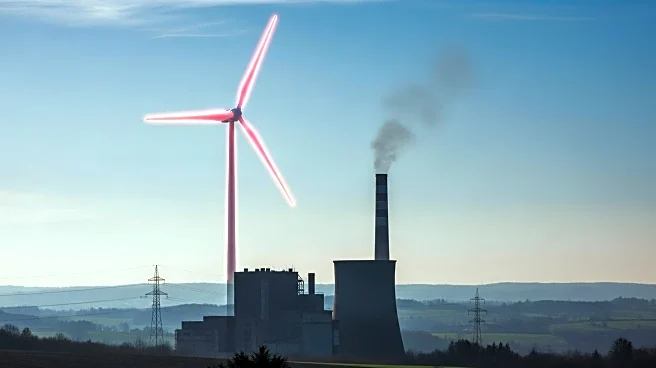What's Happening?
The International Energy Agency (IEA) has significantly revised its forecast for U.S. renewable energy capacity growth, reducing it by nearly 50% compared to previous estimates. This adjustment is attributed to several policy changes in the United States, including the early phase-out of federal tax credits, new import restrictions, and the suspension of new offshore wind leasing. Additionally, restrictions on permitting onshore wind and solar PV projects on federal land have contributed to the downward revision. The IEA report highlights that wind energy is particularly affected, with both offshore and onshore capacity growth projections reduced by almost 60%. Solar deployment forecasts have also been lowered by nearly 40%, with distributed solar systems, especially residential ones, facing the most significant impact due to the expiration of tax credits. Despite these challenges, the report notes that corporate power purchase agreements, utility contracts, and merchant plants continue to drive renewable capacity growth globally.
Why It's Important?
The revised forecast for U.S. renewable energy capacity growth has significant implications for the country's energy transition and climate goals. The reduction in expected capacity growth could hinder efforts to reduce carbon emissions and transition to cleaner energy sources. The policy changes affecting wind and solar projects may slow down the deployment of these technologies, impacting the renewable energy industry's growth and investment prospects. This could also affect job creation and economic opportunities associated with the renewable energy sector. Furthermore, the U.S.'s ability to meet international climate commitments and contribute to global efforts to combat climate change may be compromised. The report underscores the need for policy stability and supportive measures to ensure continued progress in renewable energy development.
What's Next?
The IEA's report suggests that the U.S. renewable energy sector may face continued challenges unless policy measures are adjusted to support growth. Stakeholders, including policymakers, industry leaders, and environmental groups, may advocate for changes to federal policies to reinstate tax credits and remove restrictions on wind and solar projects. Additionally, there may be increased efforts to promote corporate power purchase agreements and utility contracts as drivers of renewable capacity growth. The industry may also explore technological innovations and cost-reduction strategies to overcome policy barriers and maintain momentum in renewable energy deployment. Monitoring the impact of these policy changes and advocating for supportive measures will be crucial for the future of the U.S. renewable energy sector.










